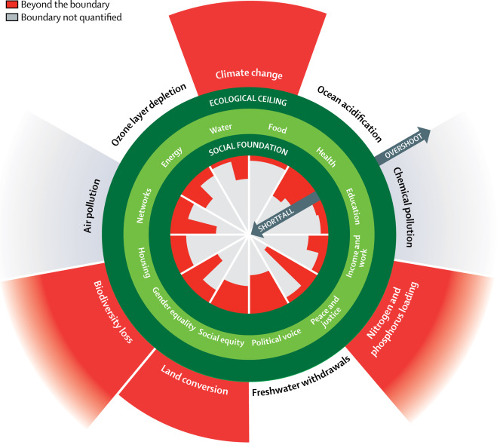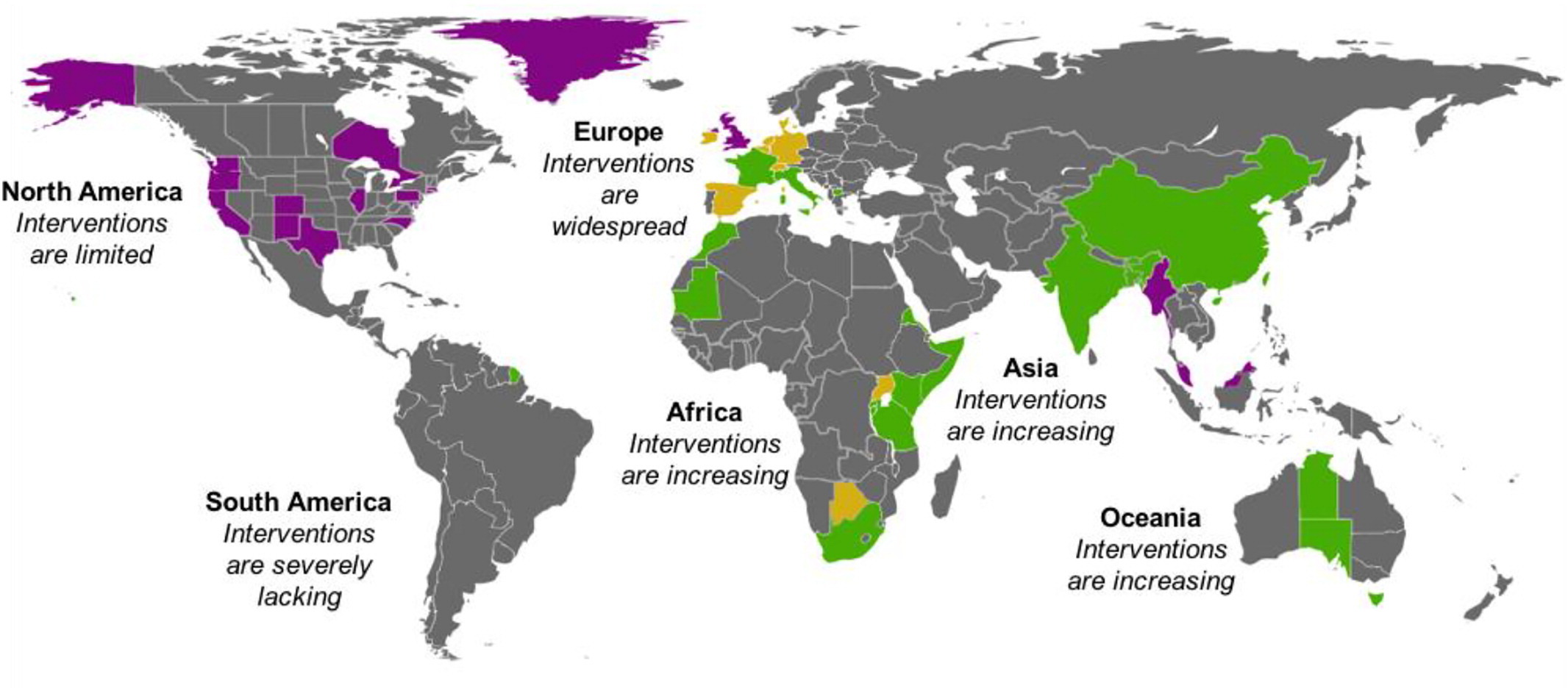Background While our previous work has shown that replacing existing vaccines with thermostable vaccines can relieve bottlenecks in vaccine supply chains and thus increase vaccine availability, the question remains whether this benefit would outweigh the additional cost of thermostable formulations. Methods Using HERMES simulation models of the vaccine supply chains for the Republic of Benin, the state of Bihar (India), and Niger, we simulated replacing different existing vaccines with thermostable formulations and determined the resulting clinical and economic impact.
Innovative programs introduced in response to the Millennium Development Goals show promise to reduce the global rate of maternal mortality. The Sustainable Development Goals, introduced in 2015, were designed to build on this progress. In this article, we describe the global factors that contribute to maternal mortality rates, outcomes of the implementation of the Millennium Development Goals, and the new, related Sustainable Development Goals. Implications for clinical practice, health care systems, research, and health policy are provided.





